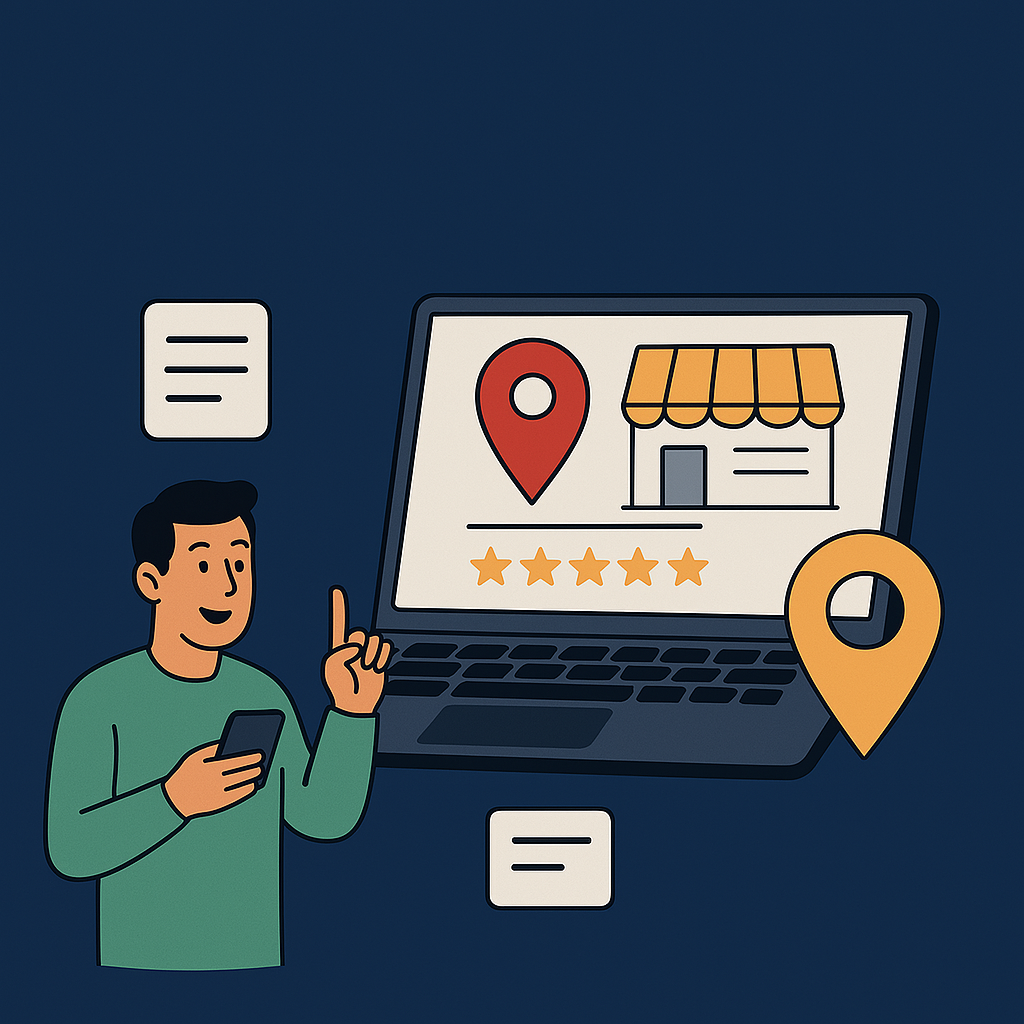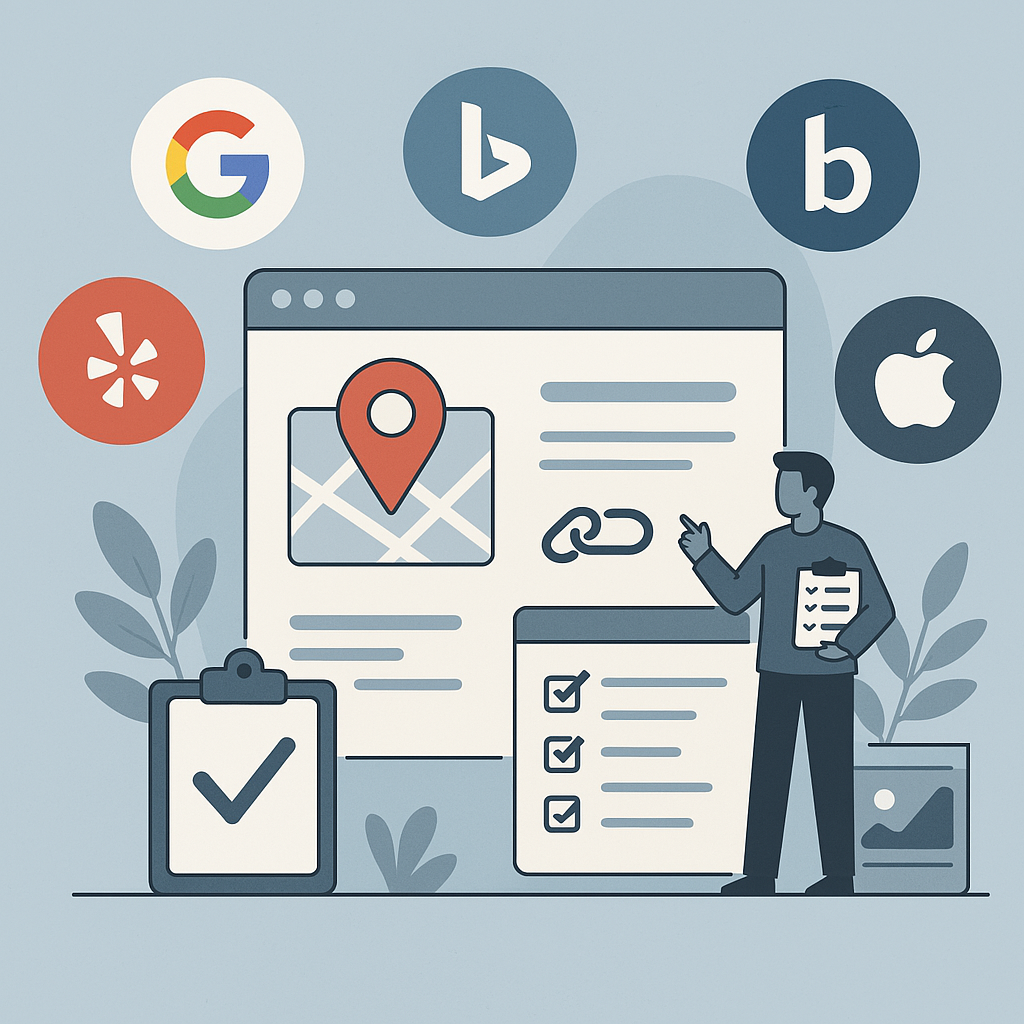Local SEO: How to Dominate Location-Based Searches with Google My Business and Local Citations
5 min read

If you’re running a business that depends on local customers, then mastering Local SEO isn’t just an option—it’s a necessity. In today’s digital age, people turn to Google to find businesses near them, and if your business isn’t showing up, you’re missing out on potential revenue.
Two of the most powerful tools to improve your visibility in local search results are Google My Business (GMB) and local citations. In this guide, I’ll break down how you can leverage them to attract more customers and grow your business.
📍 Why Local SEO is a Game-Changer for Your Business
Local SEO ensures that your business appears when people search for services in your area. Google ranks local businesses based on three key factors:
- Relevance: How well your business matches the search intent.
- Distance: How close your business is to the searcher’s location.
- Prominence: How well-known and trusted your business is online.
Without proper Local SEO, even well-established businesses can struggle to be seen by potential customers.
Google My Business: Your Key to Local Search Visibility
Google My Business (GMB) is the foundation of any strong Local SEO strategy. A well-optimized GMB profile can help your business appear in Google Search and Maps, increasing visibility and credibility.
1. Claim and Verify Your GMB Listing
If you haven’t already, claim your Google My Business listing and complete the verification process. A verified listing ensures that Google recognizes your business as legitimate, increasing your chances of ranking higher.
2. Optimize Your Business Information
- Ensure NAP Consistency: Your Name, Address, and Phone Number (NAP) must be accurate and match all other online listings.
- Choose the Right Categories: Select the most relevant business categories to improve discoverability.
- Write a Keyword-Rich Business Description: Use keywords that your customers are searching for to describe your products and services.
3. Add High-Quality Photos and Videos
Businesses with photos receive 42% more requests for directions and 35% more website clicks than those without. Upload images of your storefront, products, team, and even customer interactions to create a more inviting online presence.
4. Encourage and Respond to Customer Reviews
Reviews play a crucial role in local rankings. 92% of consumers read online reviews before choosing a business. Encourage happy customers to leave positive reviews, and always respond—whether feedback is good or bad—to show engagement and professionalism.
5. Post Regular Updates and Promotions
Use Google Posts to share business updates, special offers, and events. Regular activity signals engagement and relevance to Google, improving your local search ranking.

Local Citations: Boost Your Trust and Authority
Local citations are mentions of your business’s NAP information on directories, websites, and social media. The more consistent and widespread your citations are, the more credibility Google gives your business.
1. List Your Business in High-Authority Directories
Ensure your business is listed on reputable platforms such as:
- Google My Business (Yes, it’s also a citation!)
- Yelp
- Bing Places
- Facebook Business
- Apple Maps
2. Maintain Consistency Across All Listings
Discrepancies in your NAP details across different directories can confuse search engines and hurt your rankings. Regularly audit and update your listings to ensure accuracy.
3. Use Industry-Specific and Local Directories
In addition to general directories, list your business on industry-specific and local directories. For example:
- Restaurants → Zomato, TripAdvisor
- Law Firms → Justia, Avvo
- Home Services → Angi, HomeAdvisor
4. Gain Unstructured Citations
Unstructured citations are mentions of your business in blogs, news articles, and social media posts. Partnering with local influencers or getting featured in local news can help build authority.
How to Track and Measure Local SEO Success
Optimizing for Local SEO is an ongoing process, and monitoring performance is key. Here’s how you can measure your success:
- Google My Business Insights: Analyze customer searches, profile views, and interactions.
- Google Search Console: Monitor how well your website ranks for local keywords.
- Citation Tracking Tools: Use tools like Moz Local, BrightLocal, or Whitespark to manage your local citations.
Conclusion: Start Ranking Higher in Local Searches Today!
If you’re not actively working on Local SEO, you’re leaving money on the table. By optimizing your Google My Business profile and managing local citations, you can dramatically increase your online visibility and attract more local customers.
💡 Need Help with Your Local SEO Strategy?
Want to dominate local search results and attract more nearby customers? With expert Local SEO guidance, we’ll get your business seen where it matters most—right in your community. 🚀